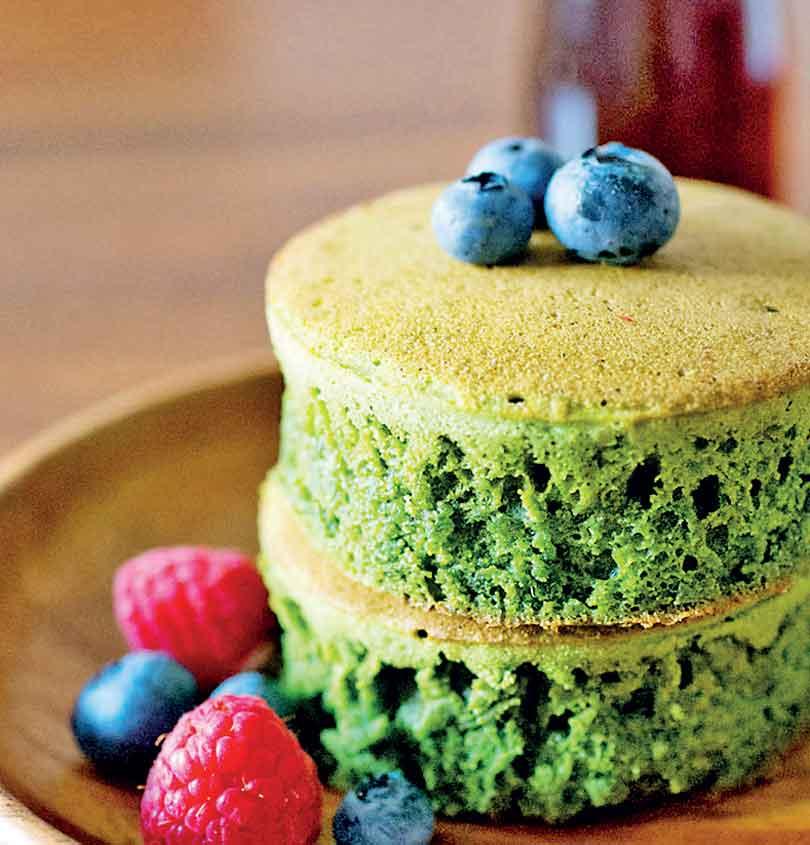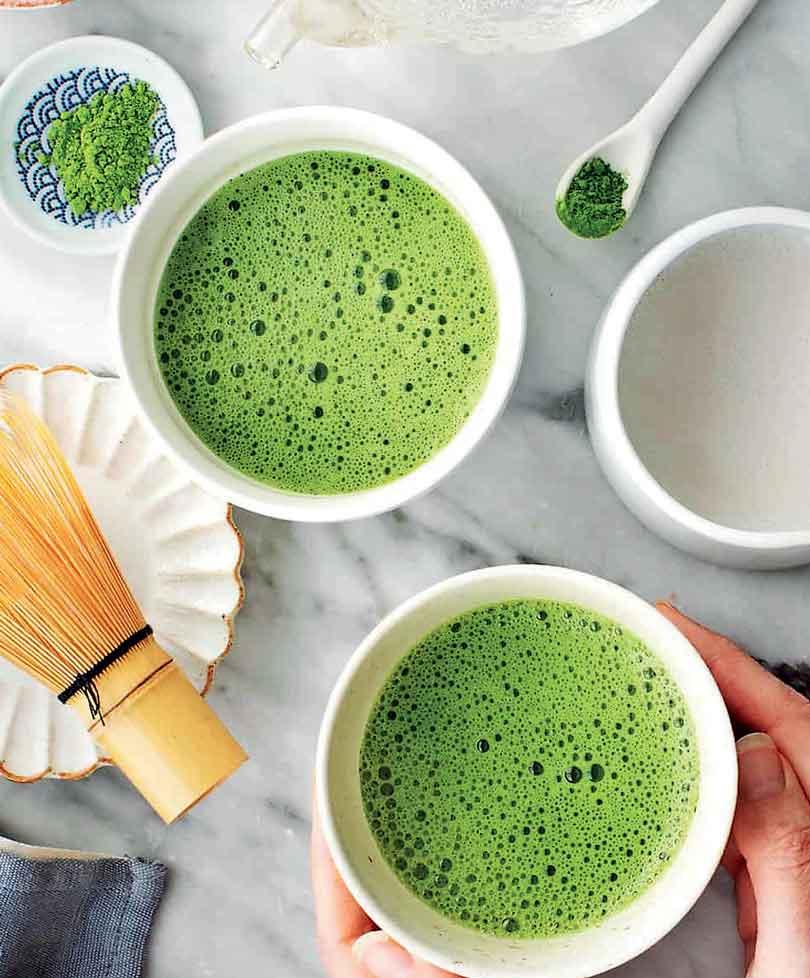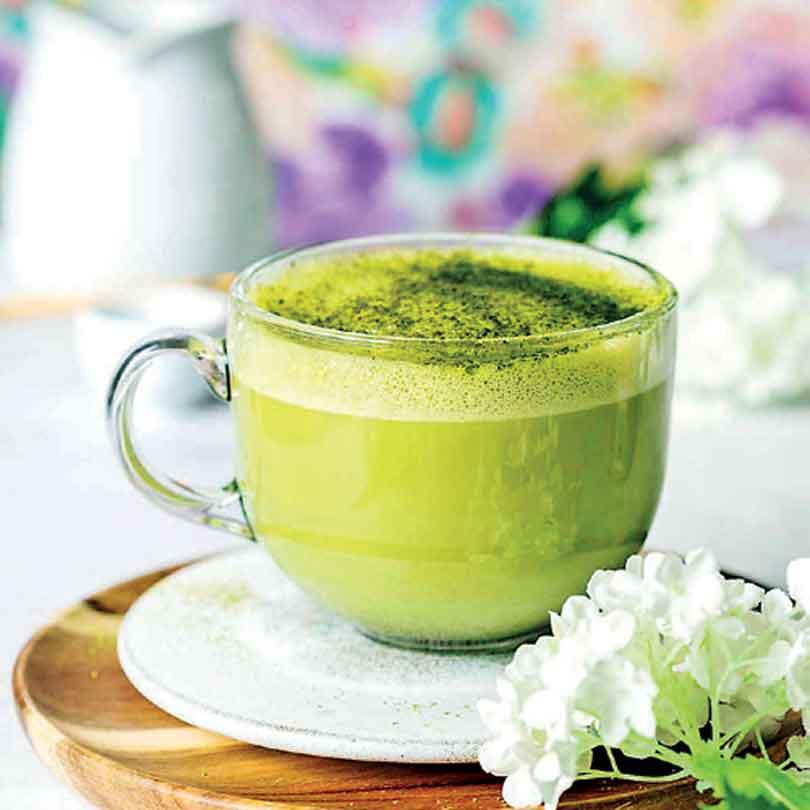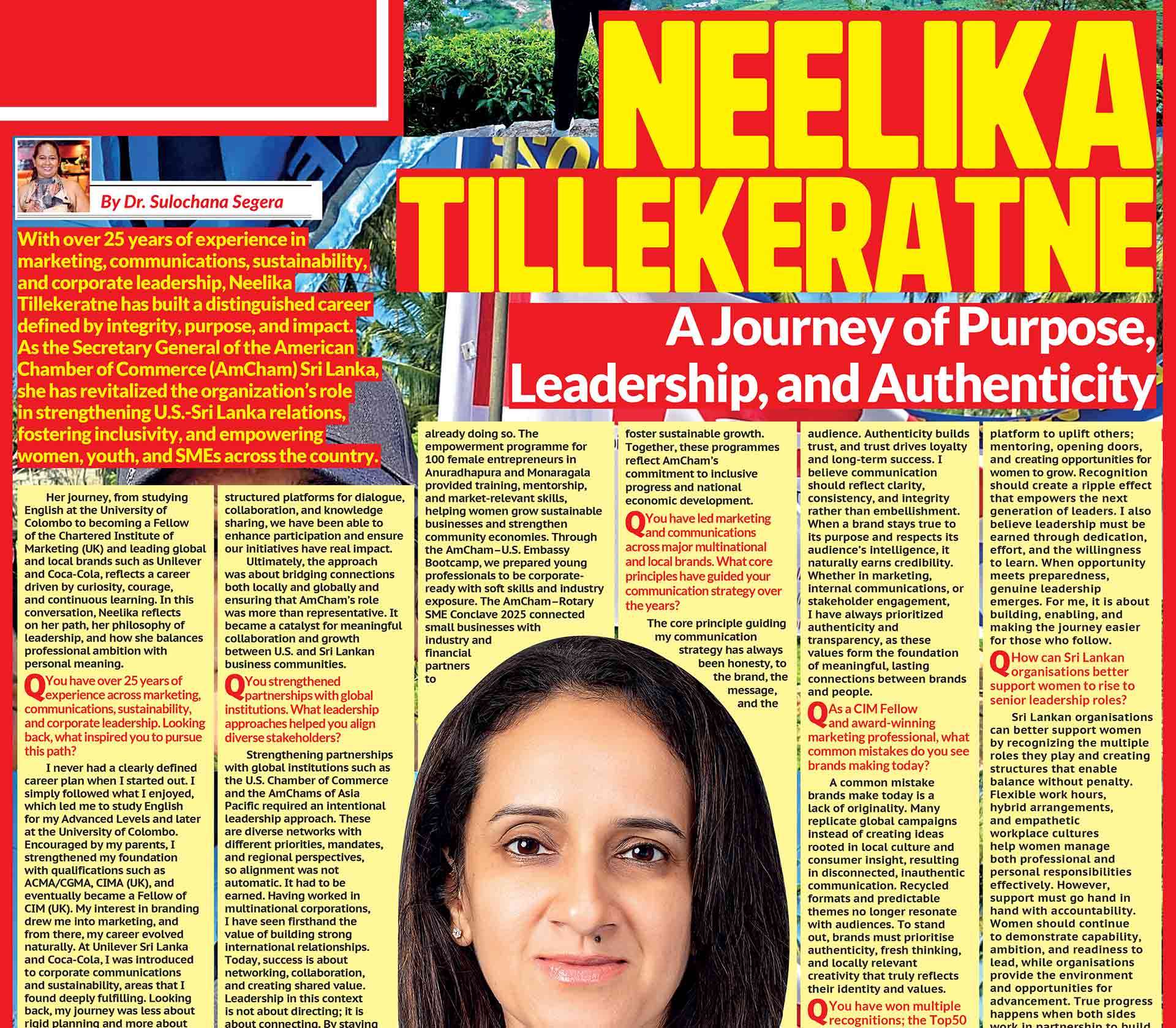



Once a ceremonial drink reserved for Zen monks and samurai, matcha has rapidly become one of the most sought-after ingredients in the modern wellness and culinary world. From lattes in Instagrammable cafés to sophisticated desserts in Michelin-starred restaurants, matcha has transcended its cultural roots to become a global phenomenon. Its rise is a story of ancient ritual meeting contemporary lifestyle trends.
A Brief History
Matcha, a finely ground powder made from shade-grown green tea leaves, originated in China during the Tang dynasty but found its spiritual home in Japan in the 12th century. Introduced by the monk Eisai, it became central to Japanese tea ceremonies, symbolising mindfulness, respect, and tranquillity. Drinking matcha was not merely about taste but about embracing a philosophy of balance and presence. For centuries, it remained firmly rooted in East Asia. Yet in recent years, matcha has spread worldwide, gaining a devoted following among those seeking both wellness benefits and a sense of ritual in their daily routines.
The Wellness Wave
At the heart of matcha’s popularity is its reputation as a superfood. Unlike traditional steeped green tea, where leaves are discarded, matcha involves consuming the entire ground leaf, leading to a higher concentration of nutrients. Rich in antioxidants, particularly catechins like EGCG, it is said to boost metabolism, detoxify the body, and support cardiovascular health. Matcha also contains L-theanine, an amino acid that promotes calmness while enhancing focus. Combined with a moderate dose of caffeine, it delivers sustained energy without the jitters of coffee. For health-conscious consumers, this unique balance of stimulation and serenity has positioned matcha as the ideal alternative to traditional caffeinated drinks.
Matcha in the Mainstream
The matcha latte has become the gateway beverage for most new enthusiasts. Often paired with almond, oat, or soy milk, it offers a creamy, earthy alternative to coffee. Its vibrant green hue has also made it an Instagram darling, eye-catching in photos and instantly recognisable. But matcha’s rise extends far beyond the café. It is now an ingredient in smoothies, protein powders, baked goods, and even cocktails. Dessert chefs experiment with matcha-infused cheesecakes, croissants, and ice creams, while wellness brands promote it as a core component of daily rituals. Supermarkets across Europe and North America now stock matcha powders, positioning them alongside turmeric and collagen as staples of the modern wellness pantry.
A Marker of Lifestyle
Matcha’s popularity also reflects broader cultural trends. In an age where mindfulness and “slow living” are gaining traction, preparing matcha resonates with those seeking intentional rituals in their busy lives. Whisking the powder with hot water using a bamboo chasen evokes calm, a meditative act that aligns with yoga, meditation, and other wellness practices. Additionally, matcha has benefited from the growing demand for plant-based and functional foods.
It caters to multiple identities at once: the health-conscious gym-goer, the eco-conscious shopper, and the aesthetically driven foodie. Its versatility means it appeals to both traditionalists, who value authenticity, and innovators, who see it as a canvas for culinary creativity.
Challenges and Critiques
Of course, not all matcha is created equal. Authentic, high-quality matcha, ceremonial grade, sourced from Japan, is expensive to produce due to its labour-intensive cultivation and processing. Many mass-market versions are culinary grade, less vibrant and more bitter, raising concerns about quality dilution as the trend grows. There is also the issue of cultural appropriation. Some critics argue that as matcha becomes commodified in Western markets, its deep cultural significance risks being overlooked or reduced to a passing fad. Responsible brands are now making efforts to educate consumers about its origins and traditions, while sourcing ethically from Japanese tea farmers.
The Future of Matcha
Looking ahead, matcha shows no sign of slowing down. Analysts predict continued growth in the global matcha market, driven by the convergence of wellness culture, plant-based living, and premium food experiences. Beyond drinks and desserts, it is likely to feature in supplements, skincare, and even functional snacks. Ultimately, matcha’s rise speaks to a broader desire for rituals that combine health, mindfulness, and pleasure. Whether sipped in a quiet tea ceremony or swirled into a neon-green latte, matcha represents more than a trend; it embodies the blending of ancient wisdom with contemporary living.











